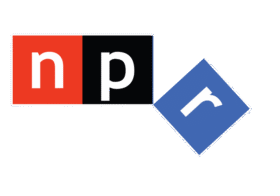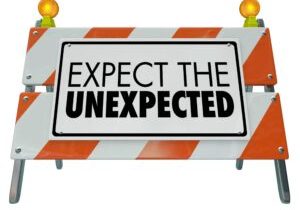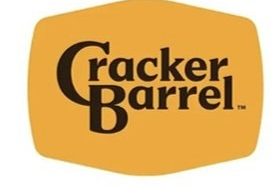
OK, let’s cut to the chase here. Today’s blog post revolves around big box home improvement stores. And right about now, if you’re wondering, “Fred, what does this have to do with radio, much less me?” I hear you. But walk with me a bit, and I’ll show you that what’s going on at your nearby Lowe’s has a lot to do with you and the business you’re in.
One of the interesting offshoots of these frenetic times in which we live is what is known as the “creators economy.” I’ll talk more about how this clever collection of people works later in this post. In general, the term refers to the groundswell of millions of independent innovators inventing and launching digital businesses.
As burgeoning online culture continues to spawn new ideas, concepts, and companies, the question I keep asking myself is how can broadcasters participate, and ultimately benefit from this societal invention wave? Or to flip the script, why is radio going through this harsh trial on its own without outside assistance and input?
The phrase, “Innovate or Die,” is attributed to the iconic author, consultant, and educator Peter Drucker (pictured). While it might not be the mantra of every company in the Fortune 500, it is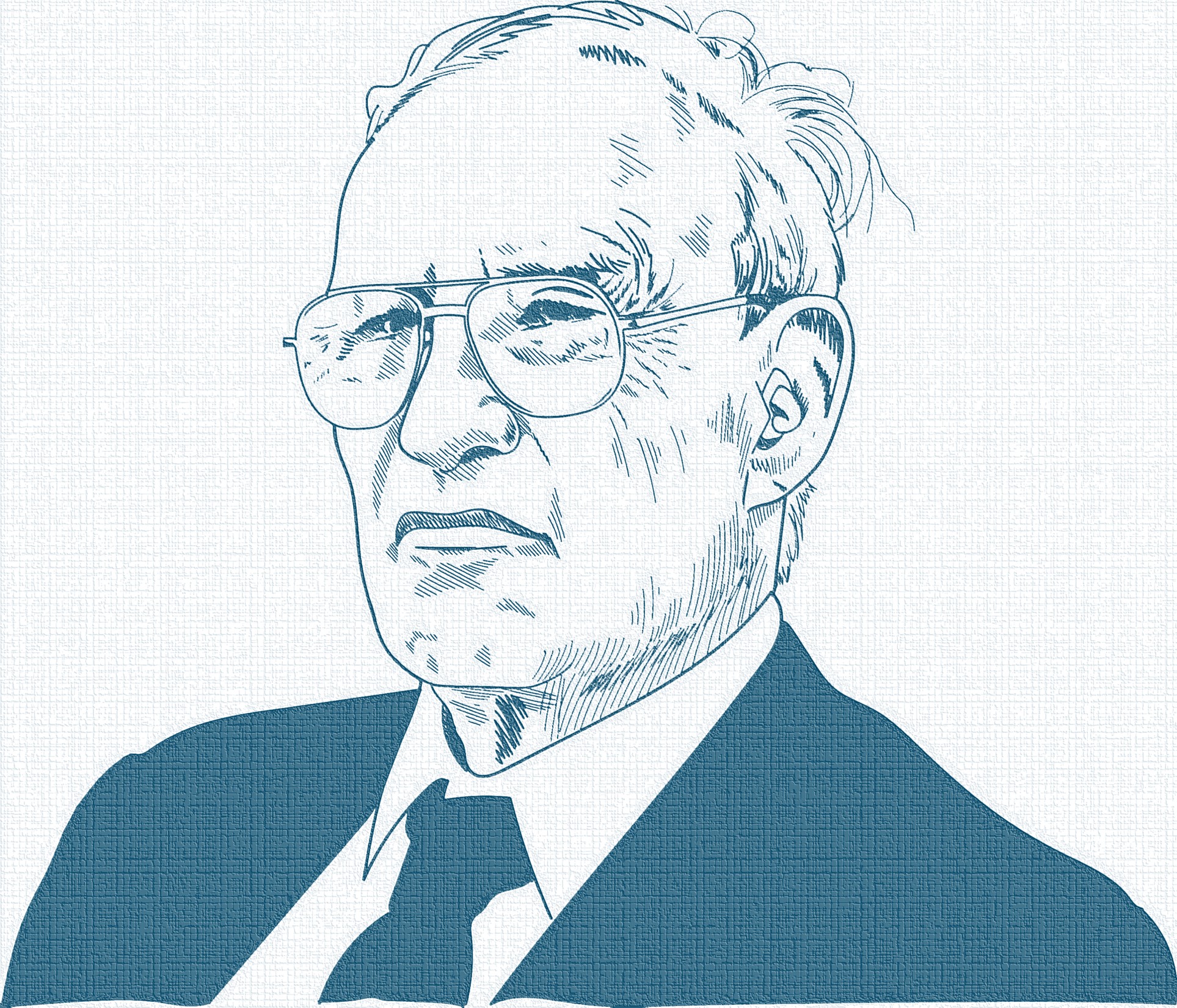 a guiding principle behind how many of them function. And while I’ve heard some people comment the phrase is unforgiving and even harsh, I can’t imagine how anyone has lived the past quarter century without buying into the need for change and invention rather than merely staying the course, or worse, opting to sit on the sidelines.
a guiding principle behind how many of them function. And while I’ve heard some people comment the phrase is unforgiving and even harsh, I can’t imagine how anyone has lived the past quarter century without buying into the need for change and invention rather than merely staying the course, or worse, opting to sit on the sidelines.
Actually, there’s another Drucker quote that’s much less absolute. And yet, it still carries a lot of punch, and provides you with incentive to see your world differently:
“The best way to predict the future is to create it.”
And that goes to the heart of today’s post. I hope that in some way, it inspires you to step back from the day to day, and think of ways to reimagine what we’re doing from a more macro point of view.
From my observations over the years from a consultant’s unique vantage point, working with and/or competing against most radio companies, few actually embrace this concept. Many CEOs have expectations for innovation, of course, but that’s not enough to propel or sustain their employees, their companies, or their industry to provide fortification against the constant wave of unknown challenges they will no doubt continue to face.
In other words, the only way to improve the present set of circumstances is to innovate our way out of them. Of course, that’s easier said than done. Long before there’s a brainstorm and a white board, leadership needs to truly embrace innovation—and therefore, change—or it’s all just another pointless offsite destined to change absolutely nothing. (Hopefully, someone had the good sense to provide better food than the standard issue box lunch.)
Over the decades, innovation became less of a priority in radio, especially as consolidation appeared to protect broadcasters from cannibalizing one another. Instead, the enemy was external, as the Internet grew from an Al Gore punchline to the digital bloodstream of our personal and professional lives.
 After nearly two decades of trekking to Las Vegas each January to witness the innovation economy in all its glory at CES, it is easy to buy into the idea there’s no “laurel resting” during a global competition to invent “what’s next?” As you wander from exhibit to exhibit, from hall to hall, that spirit is on display. And you can’t help but be drawn into that heady atmosphere of creativity and invention.
After nearly two decades of trekking to Las Vegas each January to witness the innovation economy in all its glory at CES, it is easy to buy into the idea there’s no “laurel resting” during a global competition to invent “what’s next?” As you wander from exhibit to exhibit, from hall to hall, that spirit is on display. And you can’t help but be drawn into that heady atmosphere of creativity and invention.
That’s been the same message that has mostly been communicated by the deluge of AI, specifically the widespread rollout of ChatGPT in November of 2022, and the frenzy that’s ensued ever since. Its as if a ginormous “hackathon” began when OpenAI made this technology available to all of us. While this technology has a long way to go, our Techsurvey data clearly shows that AI fear has subsided a bit, replaced in large part by people actually using the technology in their professional and personal lives.
Rather than wringing our collective hands as an industry, worrying about whether AI will take our jobs, we should be utilizing our time, energy, and resources to figure out how we can harness the technology to achieve greater success serving audiences, advertisers, and communities.
My philosophy at our companies the past 40+ years is this simple message:
“Ideas are the currency of Jacobs Media”
That doesn’t mean we’ve succeeded at being innovative throughout each and every year. Undoubtedly, we’ve passed on ideas that might have succeeded. Or stifled creativity in the midst of a busy period or season where clients needed to be served. And perhaps we’ve missed a moment.
But over these years, we have bet on our own and our team’s creativity in the invention of the Classic Rock format, and later, The Edge™, our Techsurveys, the launch of jacapps, our pioneering efforts in ethnographic research, the DASH Conferences, CES tours, and other adventures that were far from slam dunks when we first green-lighted them.
in ethnographic research, the DASH Conferences, CES tours, and other adventures that were far from slam dunks when we first green-lighted them.
None of this happens in an environment where innovation isn’t just encouraged—it must be supported, nurtured, and put into action. Too many radio companies seem satisfied to simply tread water in this environment, rather than casting a wide creative net. Standing pat is a virtual guarantee of getting passed by and eventually becoming obsolete.
As an industry, we need to embrace innovation in general, even the idea of hacking our way to success. I have this feeling—and that’s all it is—that the last half of this decade will be a critical time for radio broadcasting’s future, a time during which the radio industry will be profoundly challenged.
 And as I am asked to predict quote often these days, will we pass the test? I would argue that up to this point, we have survived, but that’s as far as I’d go. We got through the pandemic, but have been limping in the years since, content with trying to make the next quarter rather than reimagining our business to meet new generations and new demands.
And as I am asked to predict quote often these days, will we pass the test? I would argue that up to this point, we have survived, but that’s as far as I’d go. We got through the pandemic, but have been limping in the years since, content with trying to make the next quarter rather than reimagining our business to meet new generations and new demands.
Other industries are facing similar challenges, and we might be able to borrow a page or two from them in order to learn more about how much room radio still has to grow and what our next steps might be.
Take home improvement big box stores, for example. Home Depot dominates this market—and it’s not even close. By pretty much every measure, they have a significant edge over Lowe’s, their closest competitor. Breaking it down, Home Depot was “first-in” to this space and that advantage has mattered. They have more outlets and bigger stores, earning them a superior footprint over Lowe’s.
But there is one distinct area where Lowe’s can make a significant difference over its bigger competitor. While Home Depot tends to be the choice of contractors and professional builders, Lowe’s has the perception of being the better option for the average homeowner and DIYer.
That distinction is something the Lowe’s team perceives as an even greater opportunity, if they build it out, so much so they’re making a major investment in the “creator economy” to not just uncover solutions but to engage their customers on a deeper and more tangible level.
As mentioned earlier, it’s a human organism comprised of individuals who leverage online resources to create and distribute products and services. We know many of these people, many of whom have “day jobs” in radio. Some of us are working on these “side hustles” that might one day grow up to be a full-time gig.
Lowe’s wants to tap into that, and their big attention-getting move is an official collaboration with MrBeast, undoubtedly the most successful influencer in the social media space. If there was a CEO of the “creator economy,” he would be it.
MrBeast—aka Jimmy Donaldson—creates content for multiple outlets, including Prime Video. He has broken north of 40 Guinness World Records, solidifying his hold on digital platforms.

Photo/graphic: Lowe’s, MrBeast
MrBeast also boasts 400 million subscribers on YouTube (below), biggest in the world. When you click “more” next to the SUBSCRIBE FOR A COOKIE prompt, a box appears (shown below right), listing some of MrBeast’s many impressive missions and accomplishments:

For the retailer, the Lowe’s Creator Network (free to join here) already boasts 17,000 creators in its beta launch. The network is working on training resources, product samples, self-serve storefronts, and of course, storytelling and influencer marketing. Utilizing a bottom-up approach, Lowe’s is trying to carve out a unique niche. And part of this network’s charge is to create more “organic visibility” for Lowe’s along with its vendor partners.
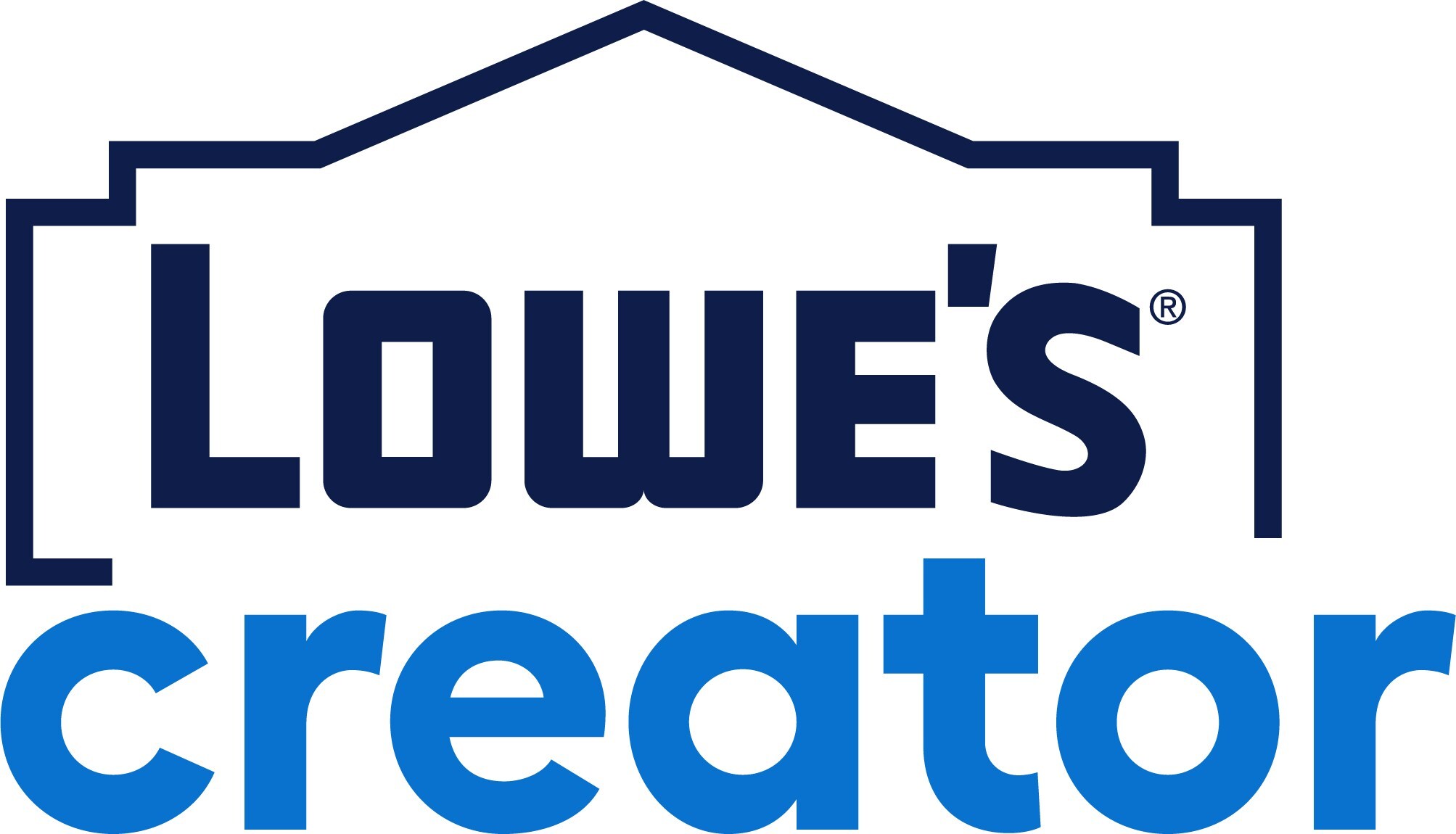 There’s also an event piece to the Lowe’s Creator Network in the form of an annual summit. Network creators can earn access to this event (and others), motivating them to come up with and share their best ideas.
There’s also an event piece to the Lowe’s Creator Network in the form of an annual summit. Network creators can earn access to this event (and others), motivating them to come up with and share their best ideas.
This coordinated effort illustrates the potential power of consumer-generated content…and the innovation it spawns. Obviously, Lowe’s has a multi-layered strategy they’ve researched and are now investing heavily in. If their partnership with MrBeast bolsters their efforts as the “bootstraps company,” powered by their customers and if the network produces marketing exposure and a host of strong, feasible ideas, Lowe’s will be well on its way to success going down this unconventional path.
The other angle is demographics. Part of Lowe’s strategy, according to their own press release and a story in Retail Dive, is to create a stronger connection with Millennials and Gen Z’s, a smart move to stay ahead of the retail curve. As more and more younger people scrounge up the money to buy homes and condos, they’ll need to fix and improve them. Lowe’s is banking on them making their stores a first choice.
By the way, Lowe’s has not been the first player in big retail to take this approach. Retail Dive notes Walmart has run its own creator platforms for a number of years now.
So, what’s the play here for broadcast radio? Why not try to pull off something similar by tapping into the creativity of its vast audiences? We know the majority of Americans still listen to radio every week, including younger people who tune in whether they’re enjoying what they hear or not.
Bottom line: there’s an audience here. But how to tap into them to create effective solutions and practical innovations?
The hackathon model comes to mind, a way to pull together a competition open to anyone and everyone, perhaps with the theme of “reinventing radio,” or something big and aspirational along those lines.
I’ve been fortunate enough to attend a couple hackathons in the past, where teams form and work together to create solutions. In fact, one was built around a dashboard automotive challenge sponsored by the NAB a few years back.
There are companies that offer turnkey approaches to designing and executing successful hackathons, including the well-branded hackathons.com. By utilizing one of these players’ expertise, a coalition of radio broadcasters could come together to sponsor a creative innovation event that a) might just uncover a major opportunity for radio broadcasters, and b) generate publicity for this event, an obvious sign the industry is looking for creative solutions.
executing successful hackathons, including the well-branded hackathons.com. By utilizing one of these players’ expertise, a coalition of radio broadcasters could come together to sponsor a creative innovation event that a) might just uncover a major opportunity for radio broadcasters, and b) generate publicity for this event, an obvious sign the industry is looking for creative solutions.
This could be a collective effort of NAB, with perhaps participation from other organizations such as RAB, in addition to the “big tent” additions of public and Christian radio organizations. State broadcaster associations might be able to also host regional hackathons that could feed into the parent event next spring. Similarly, radio broadcasting companies and organizations could purchase participation stakes in the big hackathon, assuring they end up with the best access to the people and the very best ideas that emerge.
No, it’s never easy. An endeavor of this magnitude would be a heavy lift. But working with the unbridled energies of young, energetic creators is a big part of what’s been missing in the radio business for a generation or two.
As an industry, we talk about tapping into those creative juices that ebb away as we mature and get older in an industry that has always been reliant on that next big idea. But those conversations rarely change the big picture challenge facing the business.
Is a hackathon the right idea, the best approach, the best starting point?  Hard to say.
Hard to say.
But this I know: a solution will not come down from the mount, delivered by a prophet carrying the tablets. We’re going to have to figure it out for ourselves.
To get there from here, we just might have to hack our way there.
Originally published by Jacobs Media

